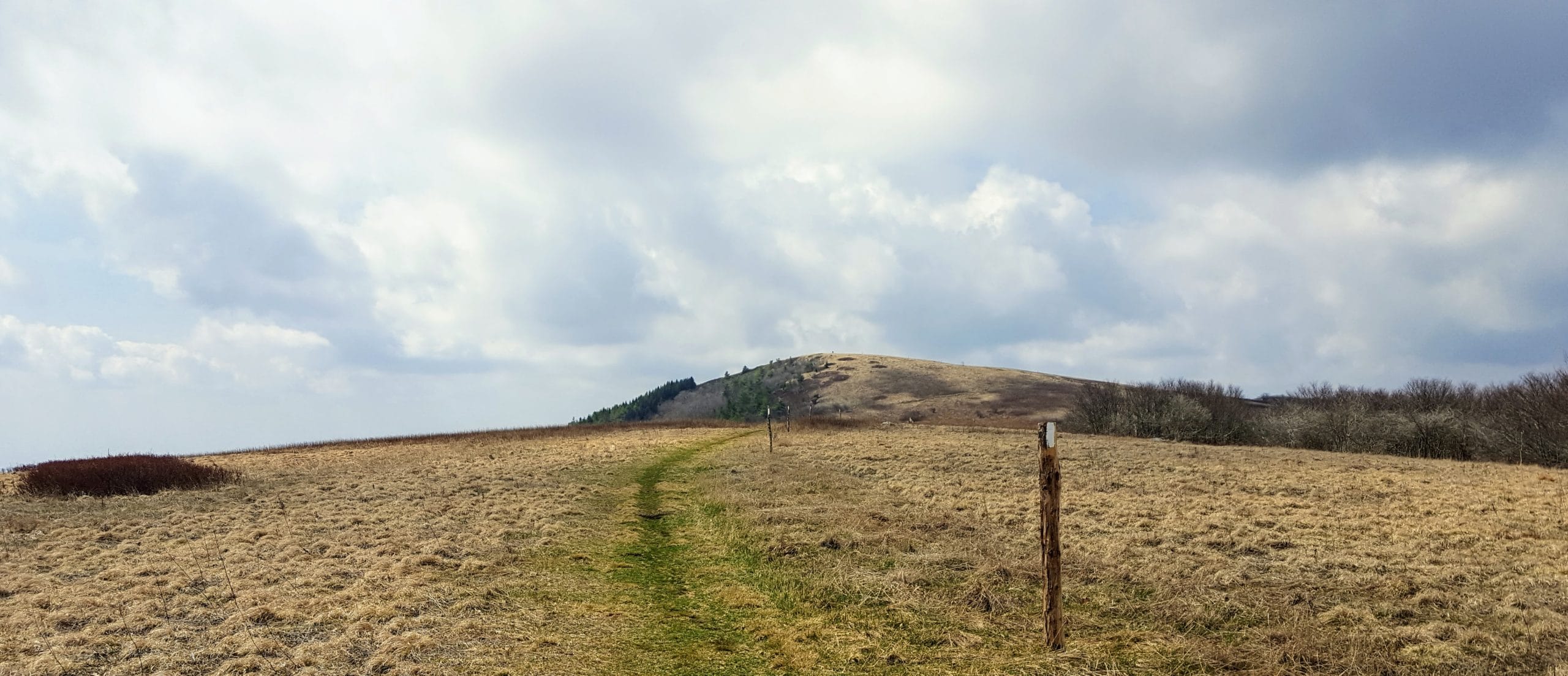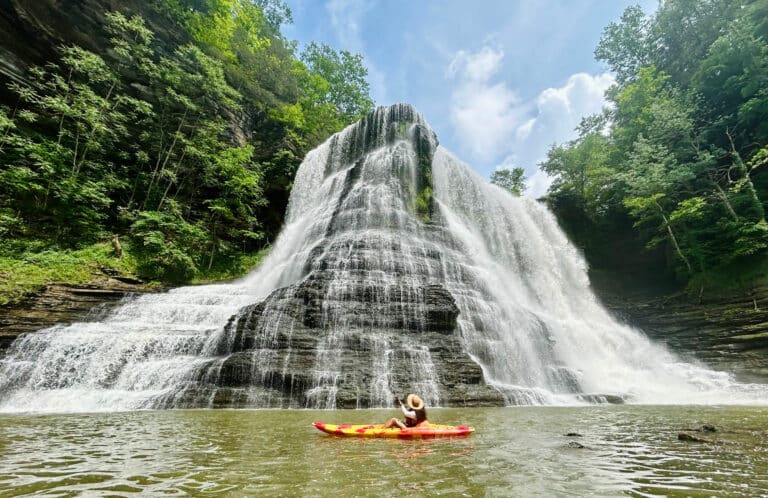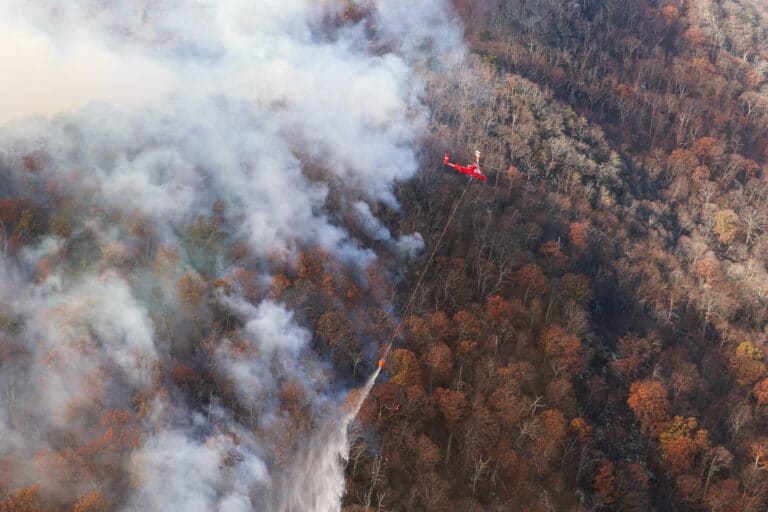Photo courtesy of Dan DeWitt
One stirring view of distant mountain ridges couldn’t ease my persistent case of the Covid-19 blues. Neither could one frosty night snug in a tent or one hard, cathartic climb.
It took time, the accumulation of sensations, and it wasn’t until I’d reached my second campsite, filling water bottles and watching sunlight sift through hardwoods, that the Appalachian Trail finally worked its magic.
Immersed in the woods rather than the news, I could appreciate that ancient mountains still stand, that snowdrops and robins still reappear in spring, that the world is worthy not only of lamentation but of marvel. For the first time in weeks, I felt pretty good.
I took off on this hike spontaneously in late March, not knowing that I was slipping through the last permissible window before even the wilderness was closed for business. The Appalachian Trail Conservancy has since warned not just against thru-hiking the trail, as it had at the start of my trip, but against setting foot on it at all. State and national parks have been shuttered. So have trailheads, shelters and hikers’ hostels.
All necessary measures, of course. It’s hard to imagine more fertile grounds for the virus than the communal grunge of crowded AT campsites. And the few thru-hikers I did pass, having been out on the trail for weeks, lived in a time warp where the standard response to meeting a friendly stranger was to step forward, not back.
Still, it seemed a shame to cut off access to wild areas, which can offer the best prevention for the disease’s spread — at some points, I could measure my social distance in miles — as well as the best cure for the disorienting mix of boredom and anxiety that for most of us is still, thankfully, the main symptom.
Relief is especially sure to come in the right company, which the restrictions at the time pretty much limited to either a family member or something good to read. And I happened to be in the middle of the perfect book for the times, Bill Bryson’s A Short History of Nearly Everything, which I read late into each night by flashlight like a kid under the covers. As the title suggests, the subject of this 2003 opus is the world, actually the universe, and each highly readable episode of scientific discovery is framed by a central theme: Given that the history of the earth is a history of calamities, most of which could be repeated at any moment, we are extremely lucky to be alive.
The perils Bryson catalogues include the microscopic, and he practically forecasts a Covid-19-like pandemic by noting the vast destructive potential of viruses — “a piece of nucleic acid surrounded by bad news,” in the words of one scientist he quotes — and the regular emergence of lethal new varieties.
Then there are large-scale threats, including, of course, global warming and the catastrophic sea level rise that was widely predicted even 17 years ago and that, at its worst, still might not be as devastating as the effects of the many crippling ice ages of the past. Asteroid impacts like the one that killed off dinosaurs have actually happened pretty regularly in the long history of the earth, and the next one would hit with less warning than commonly believed. (Forecasting has since improved, I learned later, but is by no means failsafe.) Or consider that scientists have come to recognize that Yellowstone National Park sits on one of the world’s largest active volcanoes and that if the next eruption turns out to be as big as the last one, it would cover most of the West — “the breadbasket of America, an area that produces roughly half of the world’s cereals” — in a suffocating blanket of sterile ash.
The effect of all this is not to diminish the seriousness of Covid-19, but to be amazed that, despite it, the earth is still as hospitable and beautiful as it is.
On my three-day hike on a 43-mile section of trail north of Asheville, N.C. I saw, along with the previously mentioned signs of spring, tiny violets lining the edges of the trail and boldy ribbed, brilliantly green shoots of Indian hellebore sprouting from a soaked stream bank. The trees were bare enough at higher elevations that, walking along ridge tops or descending on switchbacks, I was treated with long views of far off mountains.
Then the showstopper — lunch on my last day out at the top of Big Bald Mountain. Easily accessible from Asheville and with panoramic views rivaling those of the renowned Roan Highlands, it’s a popular destination, sometimes even crowded. But thanks to widespread self-isolation, I had it all to myself. I could look out in every direction on hills, valleys, farms and towns.
The world, as they say, was at my feet, scarred by an interstate and a few sprawling subdivisions, but still mostly intact.








